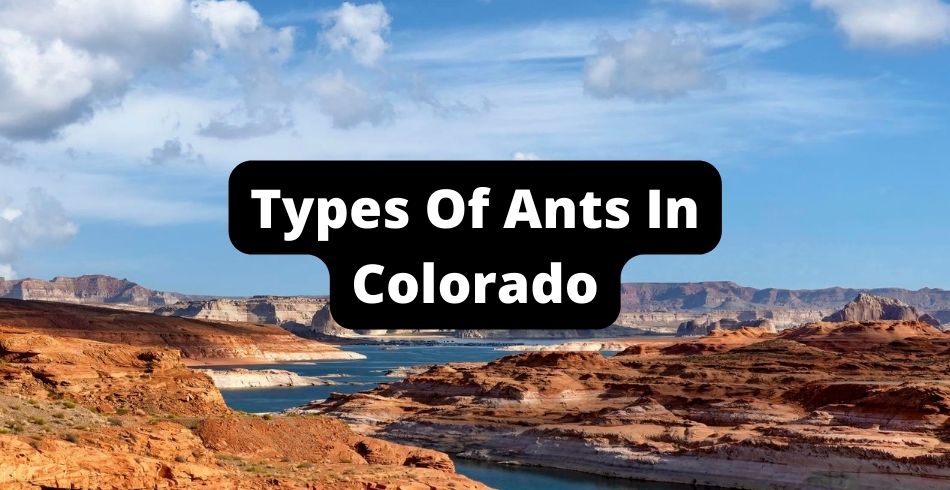Ants can be found all over the world. However, the type of ants will differ in each place.
Listed below, we found the ants that you’d expect to find in Colorado. While the state is known for it’s beautiful mountains and great skiing, we can’t forget about all the awesome ants that run around.
These ants would be perfect to start your ant-keeping journey, as they’re well-adjusted to Colorado’s humidity, water, and temperature!
This wasn’t the state you were looking for?
That’s okay, head back to the type of ant in each state database and find the correct state!
Types of Ants in Colorado
The types of ants found in Colorado are Caribbean Crazy Ants, Carpenter Ants, Odorous House Ants, Pavement Ants, and Sugar Ants.
Carpenter Ants
Black carpenter ants leave chemical (scent gland) traces as they seek food at considerable distances upwards of 100 yards (91 meters) from their nest.
They must hunt this far from home because so many ants can live in a single nest.
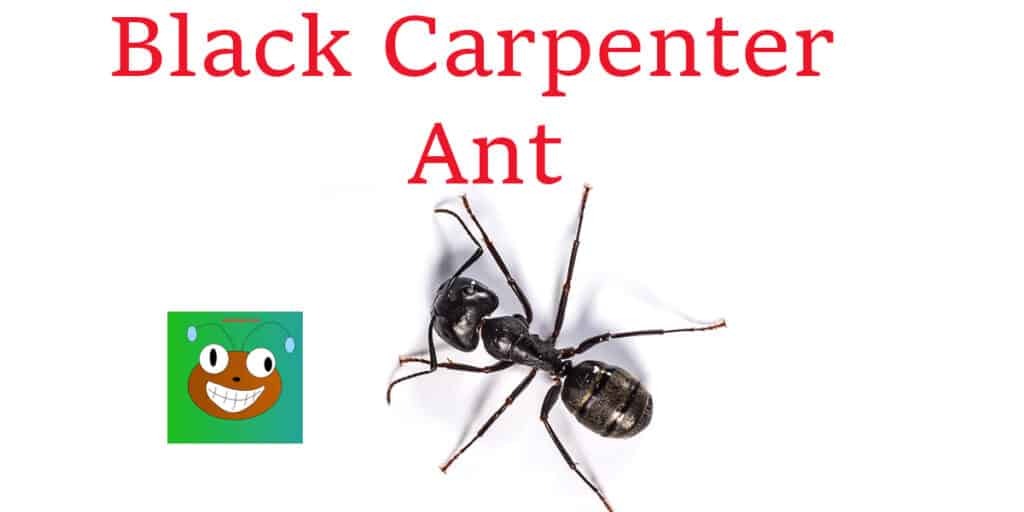
The workers’ loud crackling noise makes it possible to identify these colonies in the dark.
Although the black carpenters cannot cause extreme harm, the big workers may deliver a painful bite.
When biting, the black carpenter ant is known to spray formic acid, making the bite hurt slightly more.
Aphids are cared for by worker carpenter ants, who raise them. In return, the aphids spit out honeydew that the black carpenter ant enjoys and brings back to the nest.
This isn’t all they eat. As foragers, they also consume plant liquids and other bugs and insects as food.
Black Carpenter ants build their nests in tree stumps and other types of wood.
While this does promote decomposition, which is advantageous for the environment, the overall structural damage that black carpenter ants cause is extensive.
These ants are known to build nests in homes and abandoned barns.
Odorous House Ants
The worker odorous house ants are around 3mm long and black to dark brown.
They have antennae that resemble a long stick.
Crushed odorous house ants produce a pungent, rotten coconut-like stench that gives these insects their name.
Odorous house ants build their nests indoors next to moist areas, such as heaters, and heater cavities along hot water pipes, under leaking fixtures, and on termite-damaged wood.
Outside, odorous ants are frequently discovered on bare soil or beneath firewood piles.
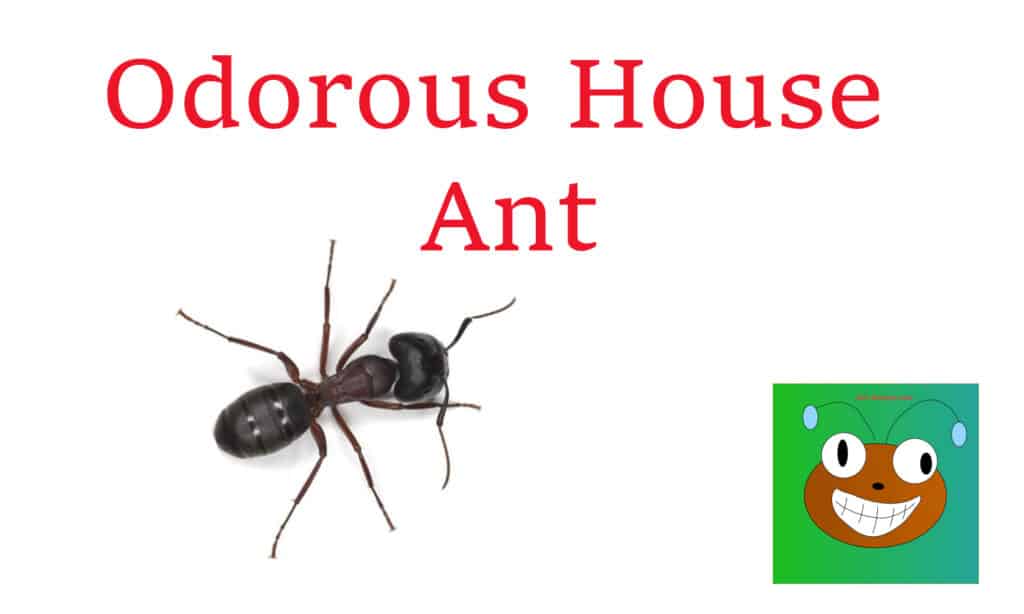
Odorous house ants enjoy eating sweets and particularly enjoy consuming honeydew.
Occasionally, they eat other things such as pet food or insects.
They will often relocate their nests because of rain.
They create new colonies following mating flights at the end of spring and summer.
Colonies are also split by the “budding” process, in which a queen leaves her nest with some workers to start a new colony elsewhere.
Pavement Ants
The head and thorax of pavement ants are marked with grooves, the thorax being the only part of the body-bearing spines.
Their size is usually between 2.5 and 3 mm in length.
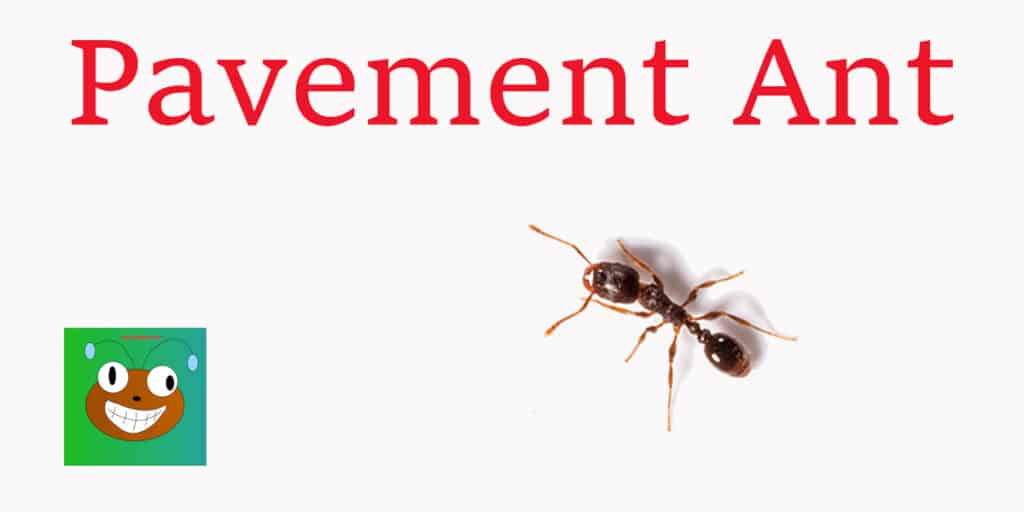
Pavement ants get their name because they typically make their nests under roadways, building foundations, and sidewalks.
Therefore, an area of disturbed soil near a paved surface is likely the result of pavement ant activity.
Pavement ants may build their nests inside buildings near a heat source, mainly during winter.
These trailing ants consume many items, including honeydew from aphids, oily foods, seeds, and dead insects.
Pavement ant colonies include up to 4,000 workers comprising several queens.
The queens are much bigger than the workers, going upwards of 9 mm in length.
Drones and queens that reproduce have wings, which they use during mating.
The drones and young queens searching for partners are frequently spotted on nuptial flights during the end of spring and the start of summer.
Sugar Ants
Within the United States, “sugar ant” is a broad term for those tiny ants that keep sneaking into your house.
Do not confuse the states “sugar ants” with an Australian-type ant, known as the banded sugar ant.
Among the tiniest species of domestic sugar ants is the thief ant.
They got their name because they like to build their nests near or inside those of other colonies, which they subsequently raid for food and eggs.
Although they can have numerous queens and thousands of workers, their colonies are typically smaller than other ants.
While they have different traits, thief ants and pharaoh ants can frequently be mistaken.
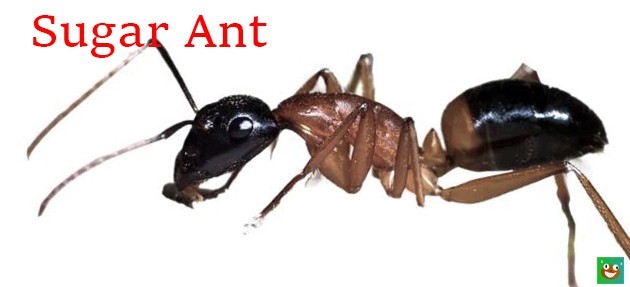
Due to their preference for fatty meals and sweet delights, these ants are sometimes called “grease ants” or “sugar ants.”
The majority of Eastern US is home to this species.
The bodies of thief ants range in color from light brown to pale yellow. They are usually 1.5 mm – 2.2 mm in size. Their body is irregularly shaped, with their thorax appearing to lack spines.
Nuptial flights for this species will happen in the summer months.
